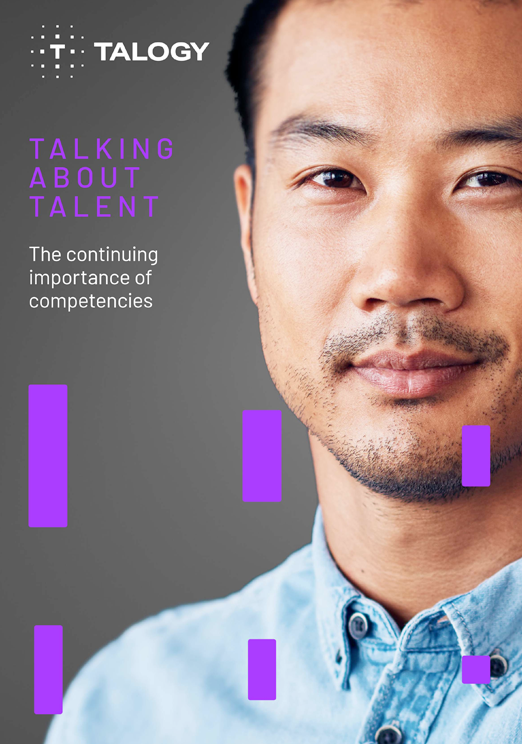You will be replaced.
Don’t feel bad; it happens to all of us. It’s the cycle of life in the business world. But whether you are taking on a new role or sailing into retirement, it’s important that the person following your footsteps is ready and able to tackle the challenge. Hopefully, that person is already on the payroll.
In a very practical sense, developing and retaining leadership talent is both a strategic and economic necessity. By filling positions internally, you can reduce the time needed to reach proficiency, limit hiring costs, and eliminate turnover resulting from a poor fit with your organizational culture.
Without a “ready-now” candidate on staff, organizations often compromise on the leadership qualities they want simply to fill vacancies. It’s worth noting that many current executives say that they weren’t prepared for their first leadership role.
Since your company, like most, may not have the time or resources to develop leadership skills in everyone, Caliper suggests that you devote your energy toward identifying and developing those with the highest potential to succeed. Here are some tips for focusing your succession effort:
1. Have a clear vision of where the business is going.
Depending on your growth goals and plans, you may need different kinds of leaders tomorrow than the ones you have today. Executives tend to look for people who remind them of themselves, so put aside your ego and think critically about future needs and who can best address them. The focus should be on developing leaders who can run the organization as it will be, not as it is now. Succession plans must be closely linked to business strategy.
2. Don’t waste time having leaders choose their replacements.
Stop completing those pesky replacement-planning forms! Instead, develop a high-potential pool of ready-now candidates to take on a variety of leadership responsibilities. Great leadership does not usually spring from specialized expertise, either. Acquiring a broad range of experiences allows leaders to develop a deeper, richer understanding of the organization as a whole.
3. Make your time investment in Succession Planning worthwhile.
Do you have the same discussions about the same people each year only to find that they are not getting any closer to being ready? Succession planning is a futile effort unless it acts on a working, evolving guide to employee development. Cast a wide net throughout the organization when identifying leadership potential, and you may be surprised by the talent that already exists in the company. Also, the criteria on which you assess potential must be objective and fair. Every team member should know what it takes to be considered a future leader.
4. Provide real development for real people.
People learn by doing. The worldwide primary methodology for simultaneously developing leaders, building teams, and improving organizational capabilities is Action Learning. Development by working on real, important, and urgent business problems is transformational.

